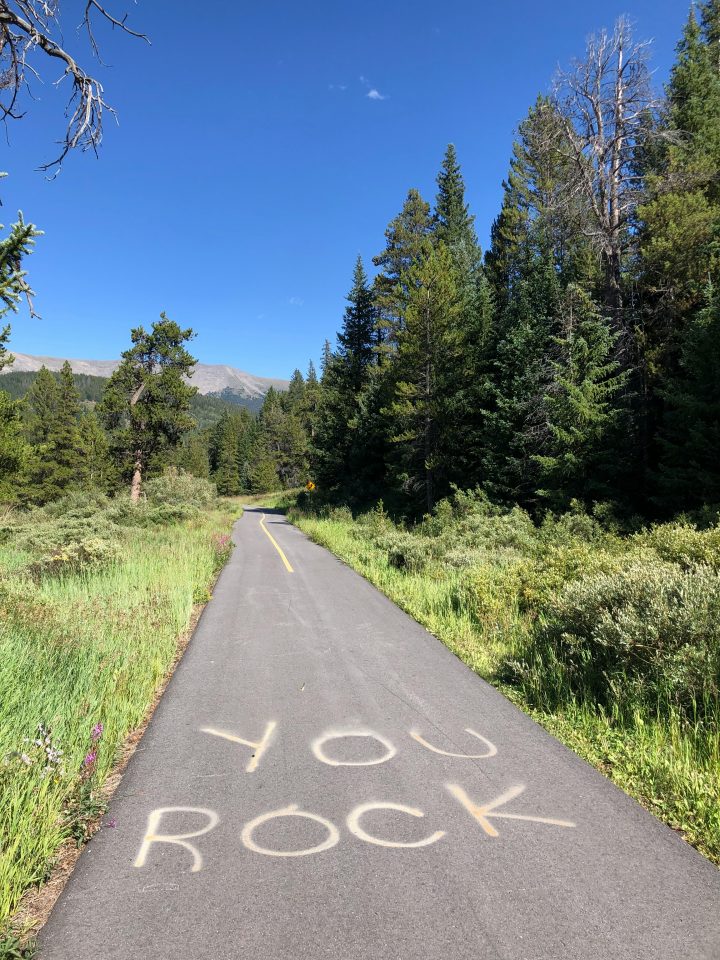Yesterday in dance class, our teacher Marko Keränen asked: “How do you learn how to make spins? By doing spins.” It sounded obvious, but after the sweat had dried, it hit me like a revelation. The truth is, most organizations attempt to learn about transformation by discussing it, planning it, or presenting it on slides. But just like spins in dance, you only really learn by doing.
Starting Before You Feel Ready
In dance, your first spin is always a bit messy. You wobble, lose rhythm, maybe even step out. Yet balance only comes after motion.
Transformation works the same way. Leaders often delay, waiting for the “perfect conditions” or flawless roadmap. But stability comes through movement, not before it. Real progress demands the courage to start before you feel fully ready.
Beyond the Slide Deck: Embodied Learning
When you spin, your body teaches you something your brain can’t plan out. The same is true for organizations. No amount of analysis or strategy decks can build agility. Agility only develops when teams practice change every day, adjusting, realigning, and learning in motion.
This echoes Kolb’s theory of experiential learning: knowledge doesn’t stick until you live it.
Small Failures Build Momentum
Every spin begins with small stumbles. In transformation, too, early failures are inevitable. (or at least I’m not that big of a superstar that I could avoid those)The difference between stalled projects and successful ones lies in whether leaders view those micro-failures as learning steps or treat them as catastrophes.
When I’ve rescued failing initiatives, progress came not from perfection but from creating space to test, wobble, and stabilize. Momentum was born from imperfection.
Rhythm Aligns the Spin
In dance, you don’t just spin randomly; you spin with the rhythm. In organizations, transformation also collapses if it isn’t aligned with rhythm: strategy, customer needs, and cultural tempo. Without rhythm, motion is just chaos. With it, transformation becomes fluid and sustainable.
Change Is Psychological Before It Is Structural
Spinning feels destabilizing at first, and the human instinct is to resist it. But with repetition, the body, and slowly the mind too, adapts. Transformations are no different. People need repeated, safe experiences of change before stability and confidence take hold.
That’s why transformation isn’t just about systems; it’s about behavioral architecture. My own path with transformations has shown me, again and again, that organizations don’t change until people do.
Leaders Must Model the Spin
A dance teacher doesn’t just stand at the side explaining; they spin with you. The same is true for transformation leaders. You can’t outsource discomfort. You have to step into the spin yourself, model courage, vulnerability, and adaptability.
In my own leadership roles, whether establishing new business units, scaling across markets, or navigating integrations, the biggest breakthroughs came when leadership joined the spin and not just directed it.
The Lesson for Transformation Leaders
The lesson is deceptively simple. You don’t learn transformation by standing still, preparing endlessly, or waiting for certainty. You learn it by moving. By spinning. By making space for the wobble, finding rhythm, and leading through the motion.
So the next time your organization faces change, remember Marko’s words: How do you learn to spin? By spinning.




